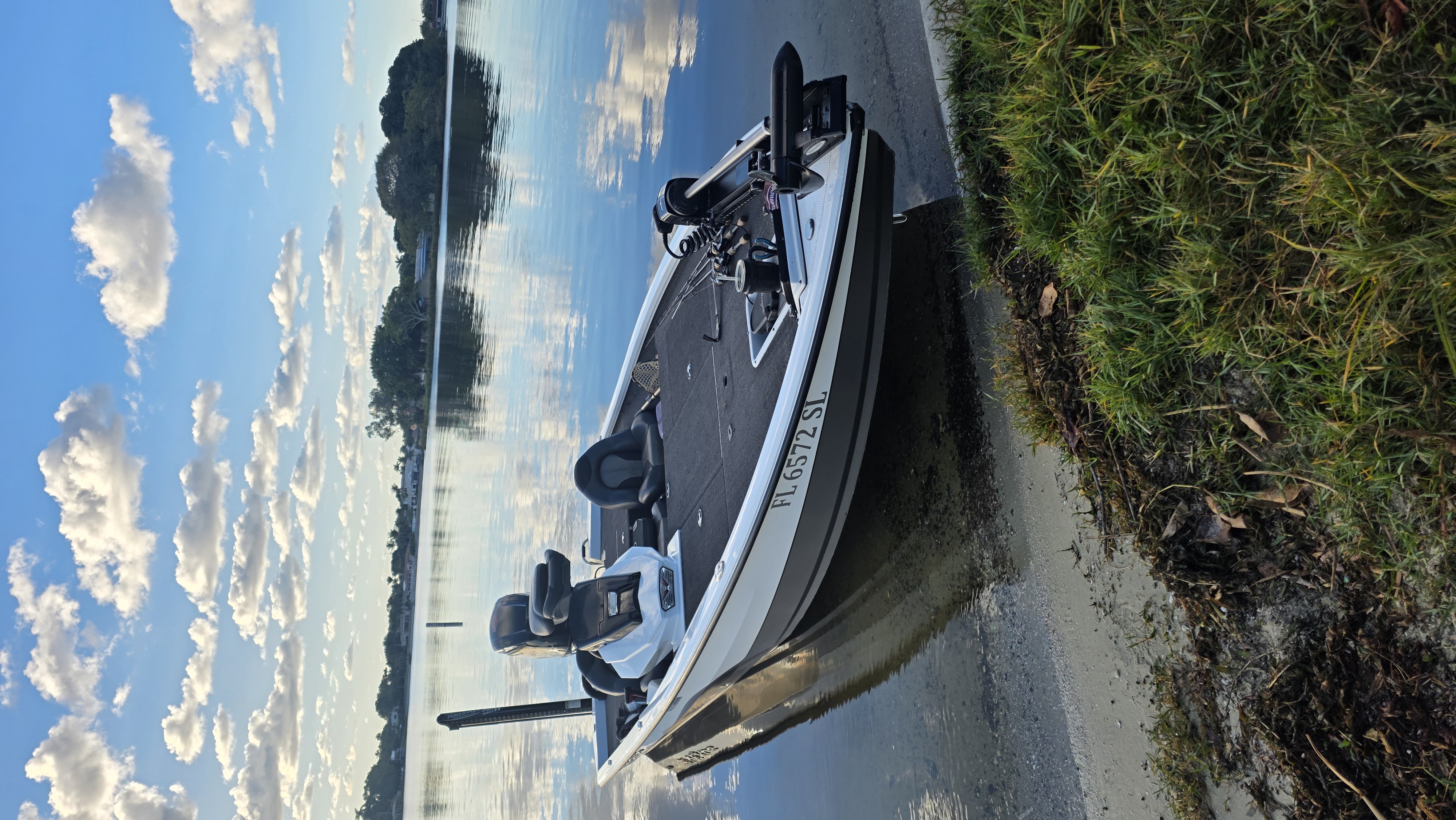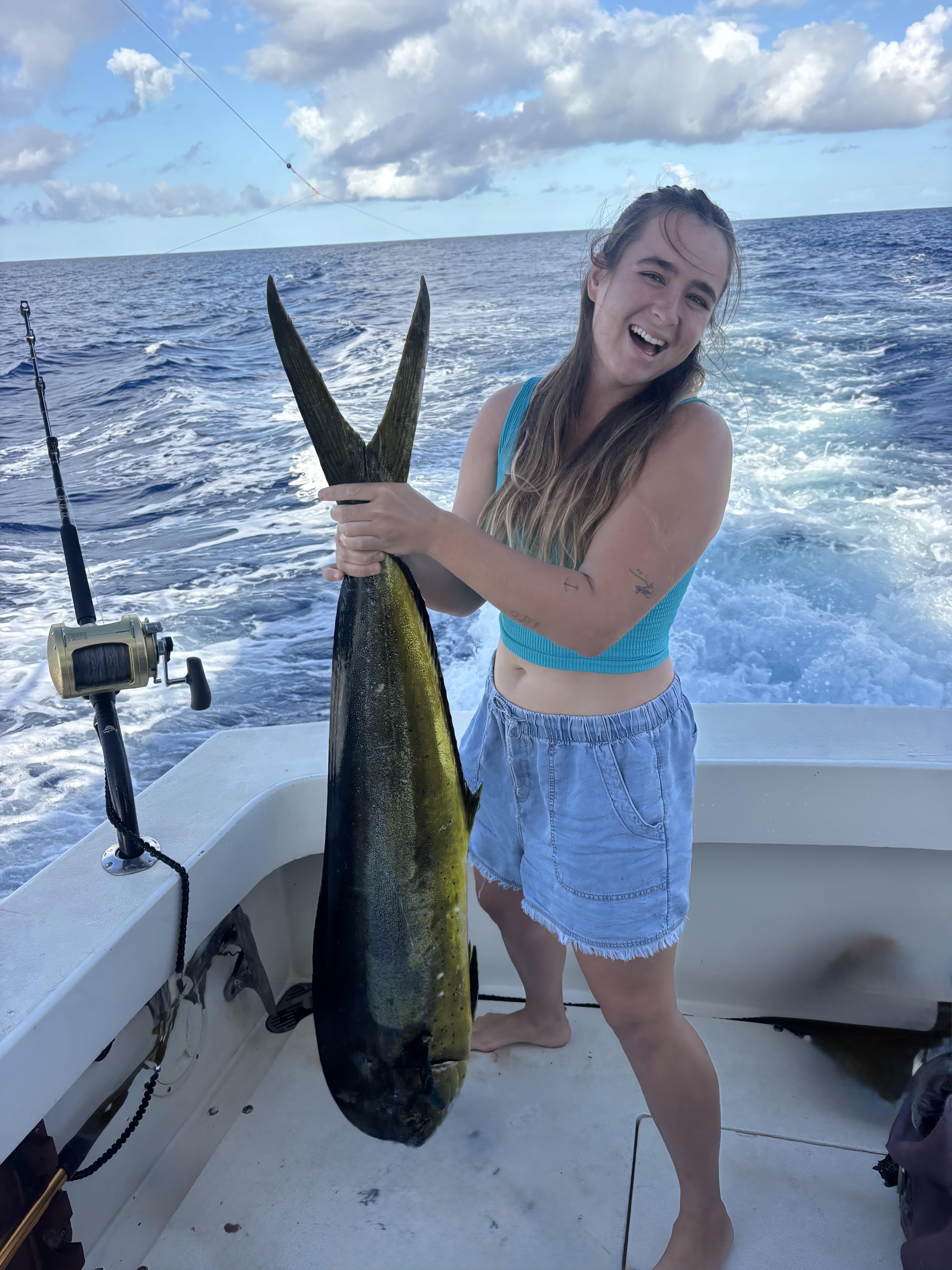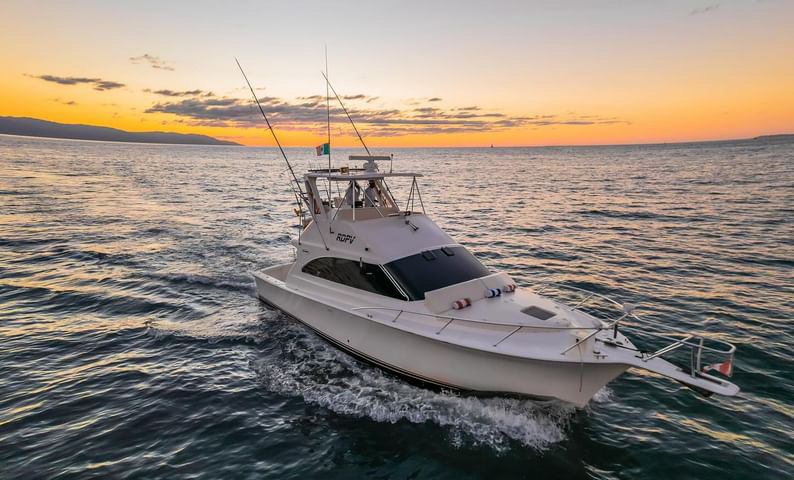Inshore, Nearshore, Flats in Tavernier
Sight Fishing Everglades Natl Park
Miami Peacock (4-8HR)
Lake Ida (4-8HR)
Inshore Fishing in Corpus Christi
Hook, Line & Memories Fishing Trip
Inshore, Nearshore Fishing in Clinton
5HR Trip PM Bottom/ Reef
Deep Sea Fishing in Kailua-Kona
Half Day Charter 4 Hours
Deep Sea Fishing in Puerto Vallarta
31 Ft Grady White Deep Sea Fishing
Inshore, Deep Sea Fishing in Cruz de Huanacaxtle
Luxury 40 Ft Yacht La Cruz
Deep Sea Fishing in Corral del Risco
5-8 Hour Offshore Trip
Inshore, Flats Fishing in Key West
4-8 Hour Inshore Fishing Trip
We started Captain Experiences to make it easy to book fishing and hunting guides around the world. With over 2,000 Damn Good Guides, our platform makes finding and booking a trip seamless. Head here to check out our trips.
The Feats of Flying Fish
More than 40 species of flying fish, ranging from six to 20 inches long, can be found skittering or gliding across scintillating oceans around the world. While these fish usually fall prey to swift predators from above and below the water's surface, they’re also capable of feats unobtainable by any other species.

How Long Can Flying Fish Fly?
If you have been on a boat in the tropics, chances are you’ve seen a captivating eruption of flight put on by flying fish. While these fish are not technically flying, they are able to launch themselves from the water, extend their fins, and glide for quite a distance.
These glides can be extended by wind and waves to glide over 1,300 feet. This is just over 430 yards, or a quarter mile. For comparison, the southern flying squirrel tops out at around 50 yards.
How High can Flying Fish Fly?
In ideal conditions, flying fish can also glide to over 25 feet above the surface of the water. This means that these fish could jump over the tower of many popular sport fishing boats. While height is rarely important for marine creatures, dolphins can attain a similar altitude if they jump vertical.
For flying fish, gliding this high or for this long is a dangerous game because their predators are lurk above and below the water. While a marlin or sailfish may chase flying fish to the surface, the appropriately named “Magnificent Frigatebird” commonly feeds on flying fish from the air when they’re exposed.
Flying Fish Tail
After their wing like fins, one of the most unique characteristics of a flying fish is their tail. With a forked tail that has a significantly larger bottom half, flying fish are able to glide just above the water while kicking their tail. The extended section of tail dips low enough to contact the water, allowing them to push off the water with enough force to keep them in a steady glide.
This tail feature is especially useful before, after, and between flights, because flying fish are able to make up to 12 consecutive flights. These low skimming glides are particularly useful in avoiding predators, because at anytime they can take off or dive depending on the threat.
Can Flying Fish See Out of the Water?
Another interesting evolutionary asset flying fish have is a pyramid shaped cornea. The outer most surface of their eyes is a shaped like a pyramid, allowing them to not only see in the water, but also in the air during flight.
Flying Fish Fun Facts
Flying fish are known to eat a variety of foods, but the majority of their diet consists of plankton. On some occasions, they will eat crustaceans and other small creatures.
The most common species of flying fish that we see in the U.S. have two large pectoral fins that are used as wings, while other species have four. The additional pair of wings are enlarged pelvic fins that help four winged flying fish glide.
The majority of research done on flying fish comes from one biologist who’s name couldn’t be more fitting:Frank Fish. Frank is a biologist that spent years researching these peculiar fish. His efforts resulted in the discovery of most of what is known about these fish, with a few exceptions.
Flying fish are harvested commercially and are generally thought to be easy to catch. These fish are less difficult to catch because they’re attracted to light and will often jump into small boats that are well lit.
The skeleton of a flying fish is reinforced to better hold up to flight. Particularly the skull and spine are built more rigid to help the fish achieve such incredible flights.
Flying Fish
While flying fish may not have the powerful prowess like many of the larger and more sought after pelagic species, they more than make up for it with enchanting displays of flight. If you want to see flying fish first hand, get out there and hit the water with one of our fishing charters. To see all of our charters check out our link here.
Joey Butrus
Updated on August 2, 2023

April 15, 2022

April 26, 2022

March 8, 2022

October 26, 2020

January 19, 2021
Related Articles
June 28, 2022
January 12, 2022
December 7, 2021
Featured Locations
- Fishing Charters Near Me
- Austin Fishing Guides
- Biloxi Fishing Charters
- Bradenton Fishing Charters
- Cabo San Lucas Fishing Charters
- Cancun Fishing Charters
- Cape Coral Fishing Charters
- Charleston Fishing Charters
- Clearwater Fishing Charters
- Corpus Christi Fishing Charters
- Crystal River Fishing Charters
- Dauphin Island Fishing Charters
- Daytona Beach Fishing Charters
- Destin Fishing Charters
- Fort Lauderdale Fishing Charters
- Fort Myers Fishing Charters
- Fort Walton Beach Fishing Charters
- Galveston Fishing Charters
- Gulf Shores Fishing Charters
- Hatteras Fishing Charters
- Hilton Head Fishing Charters
- Islamorada Fishing Charters
- Jacksonville Fishing Charters
- Jupiter Fishing Charters
- Key Largo Fishing Charters
- Key West Fishing Charters
- Kona Fishing Charters
- Lakeside Marblehead Fishing Charters
- Marathon Fishing Charters
- Marco Island Fishing Charters
- Miami Fishing Charters
- Montauk Fishing Charters
- Morehead City Fishing Charters
- Naples Fishing Charters
- New Orleans Fishing Charters
- New Smyrna Beach Fishing Charters
- Ocean City Fishing Charters
- Orange Beach Fishing Charters
- Panama City Beach Fishing Charters
- Pensacola Fishing Charters
- Pompano Beach Fishing Charters
- Port Aransas Fishing Charters
- Port Orange Fishing Charters
- Rockport Fishing Charters
- San Diego Fishing Charters
- San Juan Fishing Charters
- Sarasota Fishing Charters
- South Padre Island Fishing Charters
- St. Augustine Fishing Charters
- St. Petersburg Fishing Charters
- Tampa Fishing Charters
- Tarpon Springs Fishing Charters
- Venice Fishing Charters
- Virginia Beach Fishing Charters
- West Palm Beach Fishing Charters
- Wilmington Fishing Charters
- Wrightsville Beach Fishing Charters


































